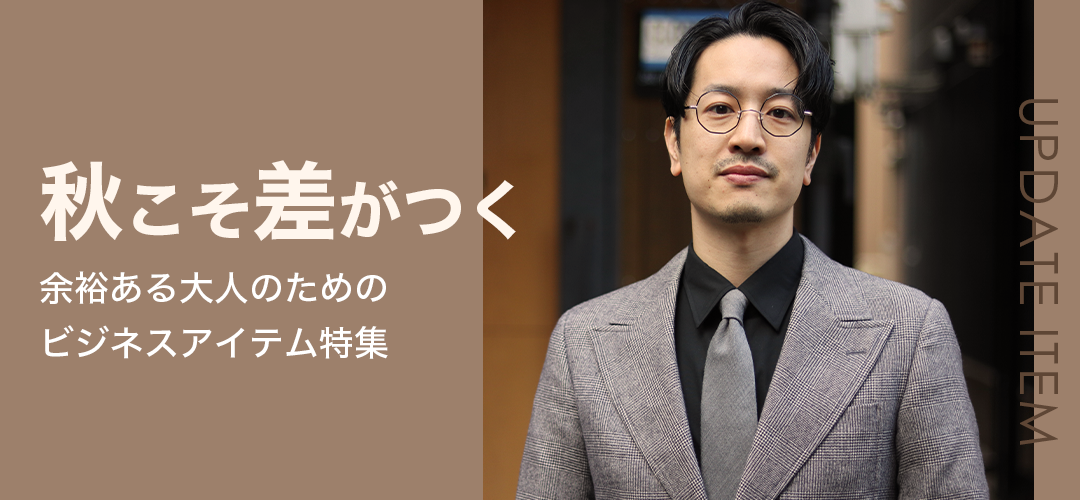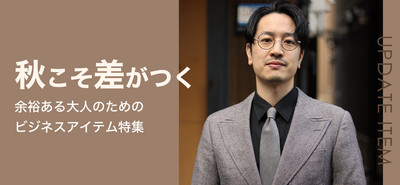1. Behind the Scenes of the Indian Leather Industry
2. Local factories and craftsmen
The Factory Manager (President) and the Founding Story Leather product manufacturing process and craftsmenBehind the Scenes of the Indian Leather Industry
While we were talking about the production background of leather products, I suddenly asked, "If you don't mind, could I use photos of Mr. Niaz (the president) and the factory on our website?" and was immediately given the OK .
In fact, this is quite rare , and many factories are reluctant to open their doors to the public.
This time, we would like to introduce some of these precious sites to you.
Handmade by local factories and artisans
The Factory Manager (President) and the Founding Story

The factory's official name is IN Enterprise .
The representative is Niyaz Khan from India.
He previously lived in Japan and worked for a leather goods manufacturer there.
After learning the art of Japanese quality manufacturing , focusing on belts and wallets, he went independent and founded his own company in his home country of India.
When you tell them, "I want to make a leather accessory with this design and specifications," they will accurately understand your intentions and create a highly finished sample, even without a blueprint . That's how reliable they are.
It is notable for its careful attention to detail , especially in stitching and edge processing.
While Bangladeshi leather items may be more familiar in the Japanese market, Indian leather items are still in the minority.
I tried asking my mother and sister, "What do you think of leather goods made in India?" and they replied, "They give me the impression that they're from a developing country and are cheap" (laughs).
But in reality, they love using STYLE= coin purses without knowing that they are made in India.
The factory is located in Kolkata , a major city in eastern India.
It is a region steeped in history and culture, and is home to many skilled craftsmen.
Leather product manufacturing process and craftsmen

This is the first step in which the leather is cut into the required part shapes.
It was impressive to see the young craftsmen in front concentrating on their work.

This is also a part of the cutting process.
The craftsmen are working with a sponge-like material and look very serious.
And he's handsome! (This is the author's opinion.) For some reason, he's the only one wearing a cap, which is a bit curious.

Judging from the can-like container visible, this appears to be the process of attaching a sponge material to the back of the leather.
To give it a nice feel and softness , cushioning material is sandwiched between the leather layers.

The wallet is being sewn. The bifold shape is beautifully formed.
It is a neat and beautiful process that doesn't feel rough.

The female craftsmen were also impressive.
Kolkata is close to neighboring Bangladesh and is a region with conservative values, but seeing women playing such active roles makes me feel that times are changing.
Conclusion
What impressed me most about this visit was the warmth of handmade items .
It is precisely because automation has not progressed that the skills of artisans are fully utilized .
Price is of course an important factor, but what we at STYLE= value most is design and quality .
It is only with these two things that the price has meaning.
We would like to continue to respect local techniques and create products that allow you to feel the warmth of the artisan's hands.







